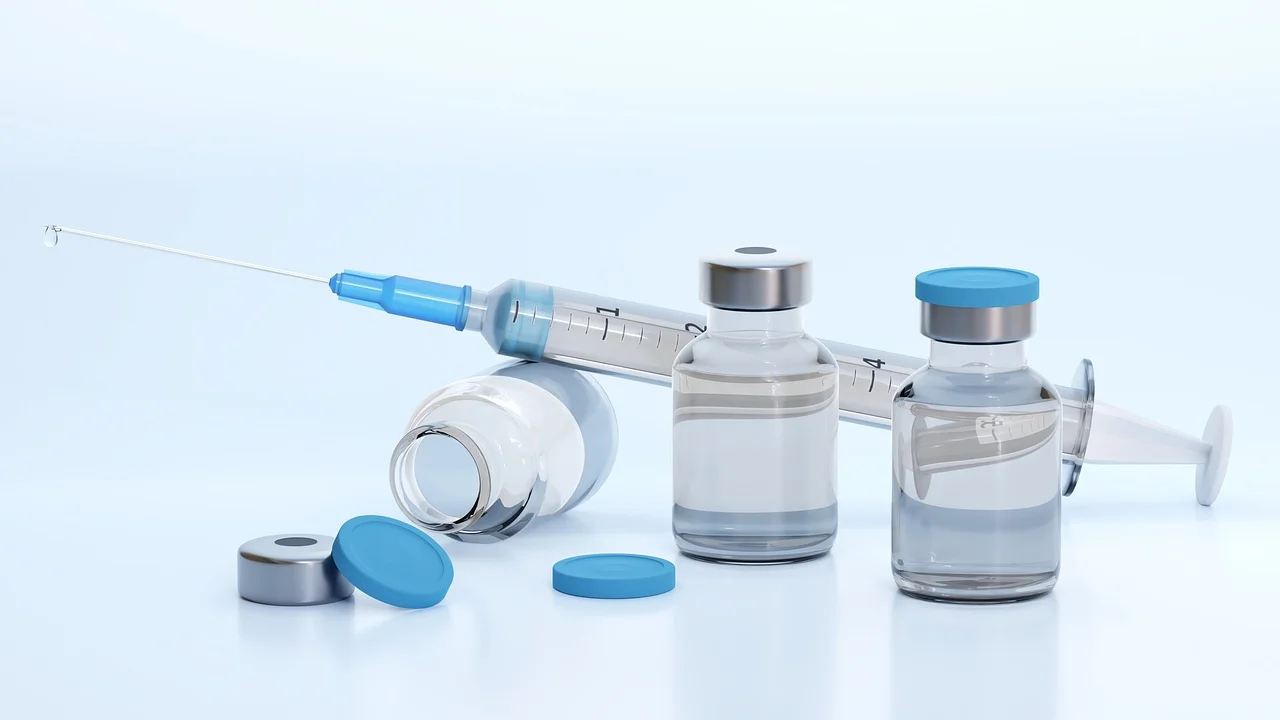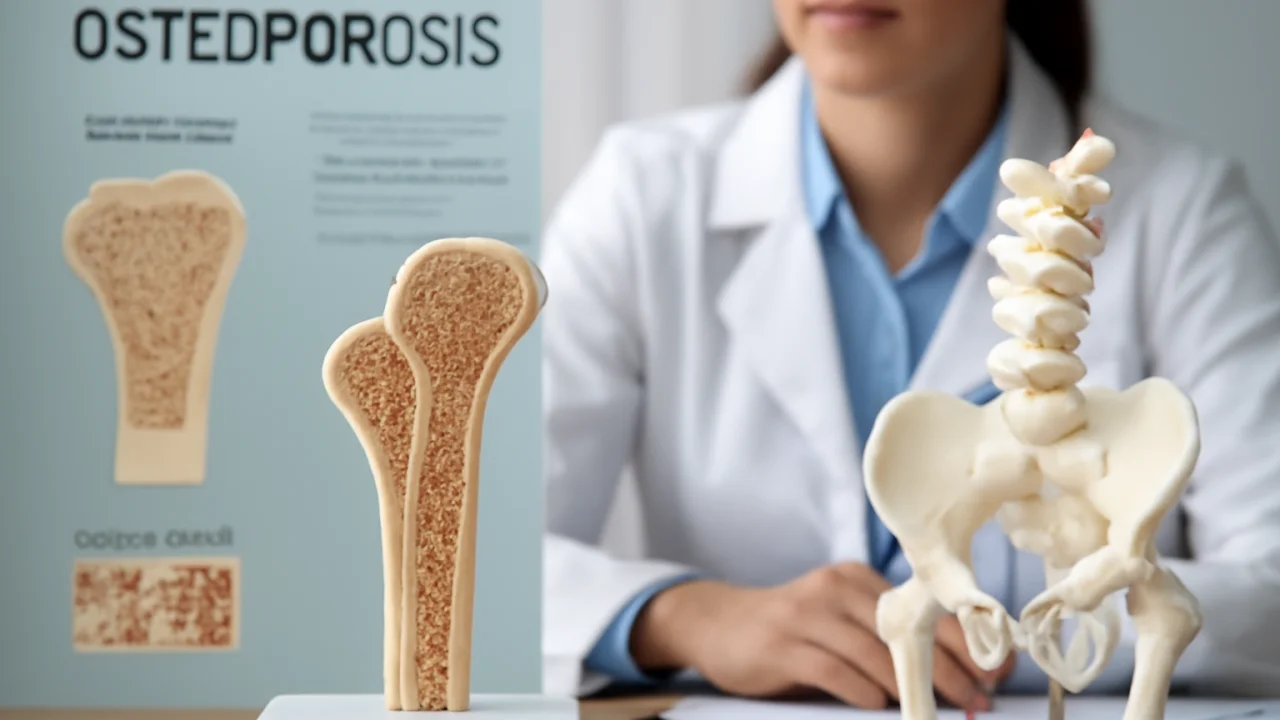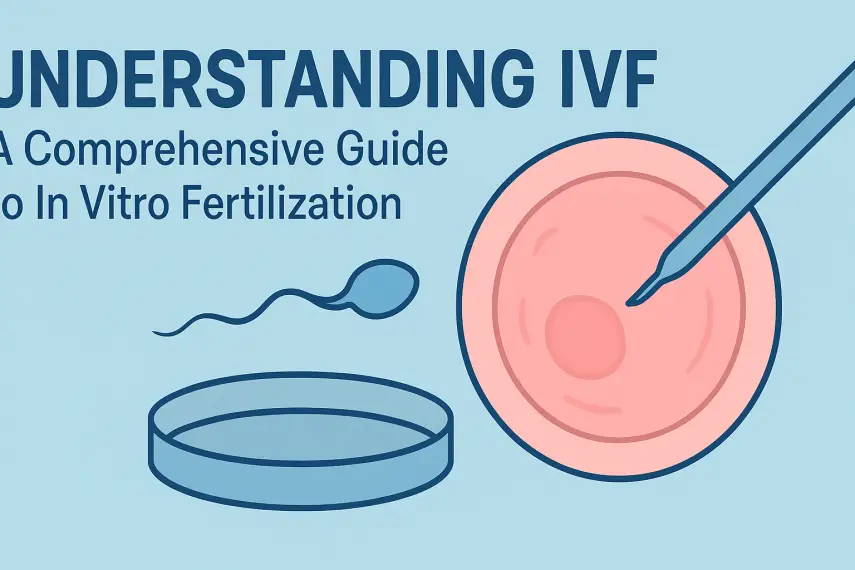
Understanding Common Women’s Health Conditions: Symptoms, Prevention, and Treatment
📑 Contents
Understanding Common Women’s Health Conditions: Symptoms, Prevention, and Treatment
Women’s health is a complex and vital aspect of overall well-being, influenced by unique biological, hormonal, and lifestyle factors. From reproductive health to chronic diseases, understanding the most common women’s health conditions is essential for prevention, early detection, and effective management. This comprehensive guide explores key women’s health issues, their symptoms, risk factors, and practical strategies to maintain optimal health at every stage of life.
1. Reproductive Health: Menstrual Disorders and PCOS

Reproductive health conditions are among the most prevalent issues affecting women worldwide. Two of the most common are menstrual disorders and polycystic ovary syndrome (PCOS).
Menstrual Disorders
Menstrual disorders include irregular periods, heavy bleeding (menorrhagia), painful periods (dysmenorrhea), and absence of menstruation (amenorrhea). These issues can impact daily life and may signal underlying health problems.
- Symptoms: Irregular cycles, excessive bleeding, severe cramps, missed periods.
- Causes: Hormonal imbalances, stress, thyroid disorders, underlying gynecological conditions.
- Treatment: Lifestyle changes, hormonal therapies, nonsteroidal anti-inflammatory drugs (NSAIDs), and, in severe cases, surgical intervention.
Polycystic Ovary Syndrome (PCOS)
PCOS affects up to 10% of women of reproductive age. It is characterized by hormonal imbalances, irregular periods, and the presence of cysts on the ovaries.
- Symptoms: Irregular periods, excessive hair growth, acne, weight gain, infertility.
- Risk Factors: Family history, obesity, insulin resistance.
- Management: Weight management, birth control pills, anti-androgen medications, and lifestyle modifications.
2. Gynecological Cancers: Cervical, Ovarian, and Breast Cancer

Gynecological cancers are a significant concern for women globally. Early detection and regular screening are crucial for successful treatment outcomes.
Breast Cancer
Breast cancer is the most common cancer among women worldwide. Early-stage detection significantly increases survival rates.
- Symptoms: Lump in the breast, changes in breast shape, nipple discharge, skin dimpling.
- Screening: Mammograms, clinical breast exams, self-examination.
- Treatment: Surgery, radiation, chemotherapy, targeted therapy, hormone therapy.
Cervical Cancer
Cervical cancer is largely preventable through vaccination and regular screening.
- Symptoms: Abnormal vaginal bleeding, pelvic pain, pain during intercourse.
- Prevention: HPV vaccination, Pap smears, safe sexual practices.
- Treatment: Surgery, radiation, chemotherapy, targeted therapies.
Ovarian Cancer
Ovarian cancer is often diagnosed at a later stage due to vague symptoms.
- Symptoms: Abdominal bloating, pelvic pain, changes in appetite, frequent urination.
- Risk Factors: Family history, age, genetics (BRCA mutations).
- Treatment: Surgery, chemotherapy, targeted therapy.
3. Osteoporosis and Bone Health

Osteoporosis is a condition characterized by decreased bone density and increased risk of fractures. Women, especially after menopause, are at higher risk due to the decline in estrogen levels.
- Symptoms: Often silent until a fracture occurs; loss of height, back pain, stooped posture.
- Prevention: Adequate calcium and vitamin D intake, regular weight-bearing exercise, avoiding smoking and excessive alcohol.
- Treatment: Medications (bisphosphonates, hormone therapy), lifestyle changes, physical therapy.
4. Cardiovascular Disease in Women
Cardiovascular disease (CVD) is the leading cause of death among women worldwide. Symptoms often differ from those in men, making awareness and prevention critical.
- Symptoms: Chest pain, shortness of breath, nausea, fatigue, jaw or back pain.
- Risk Factors: High blood pressure, high cholesterol, diabetes, obesity, smoking, family history.
- Prevention: Healthy diet, regular exercise, managing blood pressure and cholesterol, quitting smoking.
- Treatment: Medications, lifestyle modifications, surgical interventions (angioplasty, bypass surgery).
5. Mental Health: Depression and Anxiety
Mental health is a vital component of women’s health. Women are more likely than men to experience depression and anxiety, particularly during hormonal transitions such as pregnancy, postpartum, and menopause.
- Symptoms: Persistent sadness, loss of interest, fatigue, sleep disturbances, irritability, excessive worry.
- Risk Factors: Hormonal changes, family history, chronic illness, stressful life events.
- Treatment: Therapy (CBT, counseling), medications (antidepressants, anxiolytics), lifestyle changes, support groups.
6. Autoimmune Diseases Affecting Women
Autoimmune diseases occur when the immune system attacks healthy tissues. Approximately 80% of autoimmune disease cases occur in women.
| Disease | Key Symptoms | Management |
|---|---|---|
| Lupus | Fatigue, joint pain, skin rashes, kidney issues | Medications (immunosuppressants, steroids), regular monitoring, lifestyle adjustments |
| Rheumatoid Arthritis | Joint swelling, pain, stiffness, fatigue | Anti-inflammatory drugs, physical therapy, exercise, rest |
| Multiple Sclerosis | Muscle weakness, vision problems, numbness, balance issues | Disease-modifying therapies, physical therapy, symptom management |
| Hashimoto’s Thyroiditis | Fatigue, weight gain, cold intolerance, hair loss | Thyroid hormone replacement, regular blood tests |
7. Urinary and Pelvic Health Issues
Urinary tract infections (UTIs), urinary incontinence, and pelvic floor disorders are common among women, especially during pregnancy, postpartum, and menopause.
- UTIs: Symptoms include frequent urination, burning sensation, cloudy or strong-smelling urine. Prevention includes good hygiene, adequate hydration, and urinating after intercourse.
- Urinary Incontinence: Involuntary leakage of urine, often due to weakened pelvic floor muscles. Pelvic floor exercises (Kegels) and lifestyle changes can help.
- Pelvic Floor Disorders: Include pelvic organ prolapse and chronic pelvic pain. Treatment may involve physical therapy, medications, or surgery.
8. Preventive Health: Screenings and Healthy Habits
Preventive care is essential for early detection and management of women’s health conditions. Regular screenings and healthy lifestyle choices can significantly reduce the risk of many diseases.
- Recommended Screenings:
- Pap smear (cervical cancer)
- Mammogram (breast cancer)
- Bone density test (osteoporosis)
- Blood pressure and cholesterol checks (cardiovascular health)
- Diabetes screening
- Healthy Habits: Balanced diet, regular physical activity, maintaining a healthy weight, stress management, adequate sleep, and avoiding tobacco and excessive alcohol.
Frequently Asked Questions (FAQs)
1. What are the most important health screenings for women?
The most important health screenings for women include Pap smears for cervical cancer, mammograms for breast cancer, bone density tests for osteoporosis, blood pressure and cholesterol checks, and diabetes screening. Your healthcare provider can personalize screening schedules based on your age and risk factors.
2. How can women reduce their risk of heart disease?
Women can reduce their risk of heart disease by eating a heart-healthy diet, exercising regularly, maintaining a healthy weight, avoiding smoking, managing stress, and controlling blood pressure, cholesterol, and blood sugar levels. Regular check-ups are also important.











